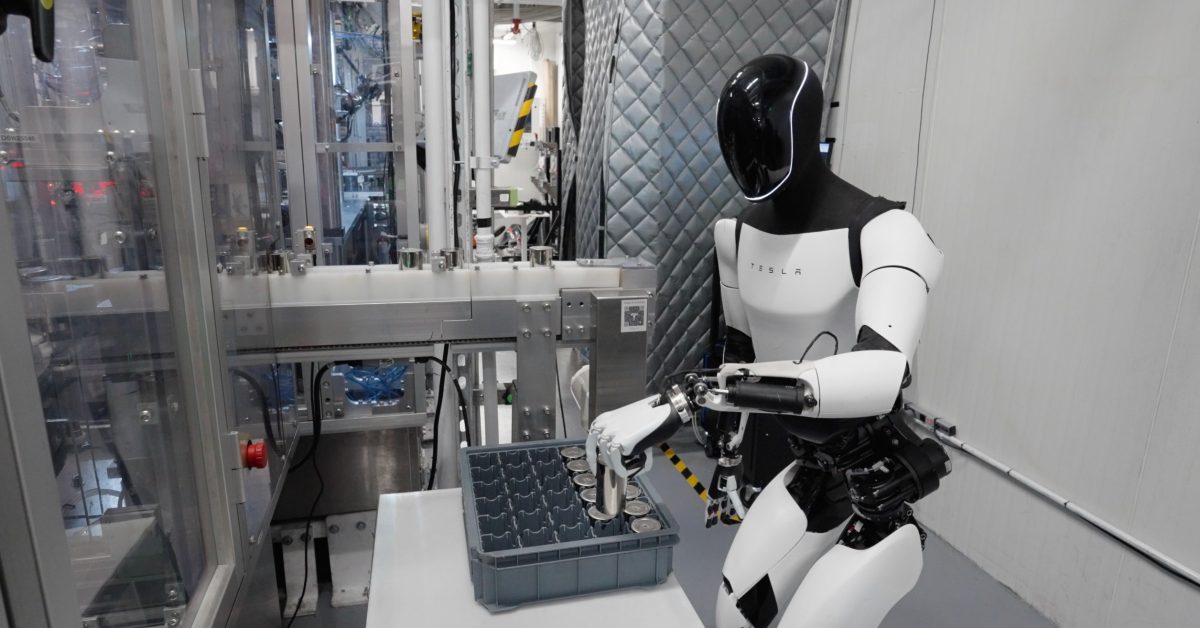Key Takeaways
- Milan Kovac, head of Tesla’s Optimus robot program, is leaving the company after nine years.
- Elon Musk claims the Optimus project could turn Tesla into a $25 trillion company, despite skepticism about the actual market potential.
- The departure follows a trend of key engineers leaving Tesla, raising concerns about the future of the Optimus program.
Milan Kovac’s Departure from Tesla
Milan Kovac, Tesla’s head of the Optimus humanoid robot program, has announced his departure from the company after nine years, citing personal reasons. Kovac joined Tesla in 2016 and initially contributed to the Autopilot program. Over the years, he advanced through the company, leading Autopilot software engineering from 2019 to 2022 before transitioning to the Optimus project.
Under Kovac’s leadership, the Optimus program was promoted by CEO Elon Musk as essential to Tesla’s growth, with Musk claiming it could lead to revenues of $10 trillion annually and ultimately make the company worth $25 trillion. However, industry analysts highlight a significant disconnect between these claims and the current state of the humanoid robot market, which is estimated to be worth only a few billion dollars, with projections suggesting it might reach between $15 billion and $80 billion by 2032.
Kovac’s announcement expressed that his decision was purely about family commitments, stating he had been away from home for too long. He emphasized his unwavering support for Musk and the Tesla team. Despite his reassurances, reactions within the industry are mixed. Kovac is not the only key engineer to exit in recent months; Zackary Bernholtz, another veteran working on humanoid robots, recently left Tesla to join competitor Figure.
The talent drain could influence the future of the Optimus project, which has faced skepticism from observers regarding its progress. Tesla has not been transparent about its operational capabilities demonstrated previously, making some analysts wary about its competitiveness in the humanoid robot market.
The competitive landscape is heating up, with companies like Unitree in China and Figure in the U.S. making technological advancements. While the humanoid robot sector appears promising, it remains uncertain how it will evolve and whether Tesla can maintain a significant advantage.
In conclusion, Kovac’s departure is seen as a substantial loss for Tesla during a critical period for its ambitious humanoid robot initiative. His experience and leadership were pivotal, and while he has cited personal reasons for his exit, the broader implications for the Optimus program and Tesla’s ambitious forecasts may linger in question as industry competition escalates.
The content above is a summary. For more details, see the source article.















